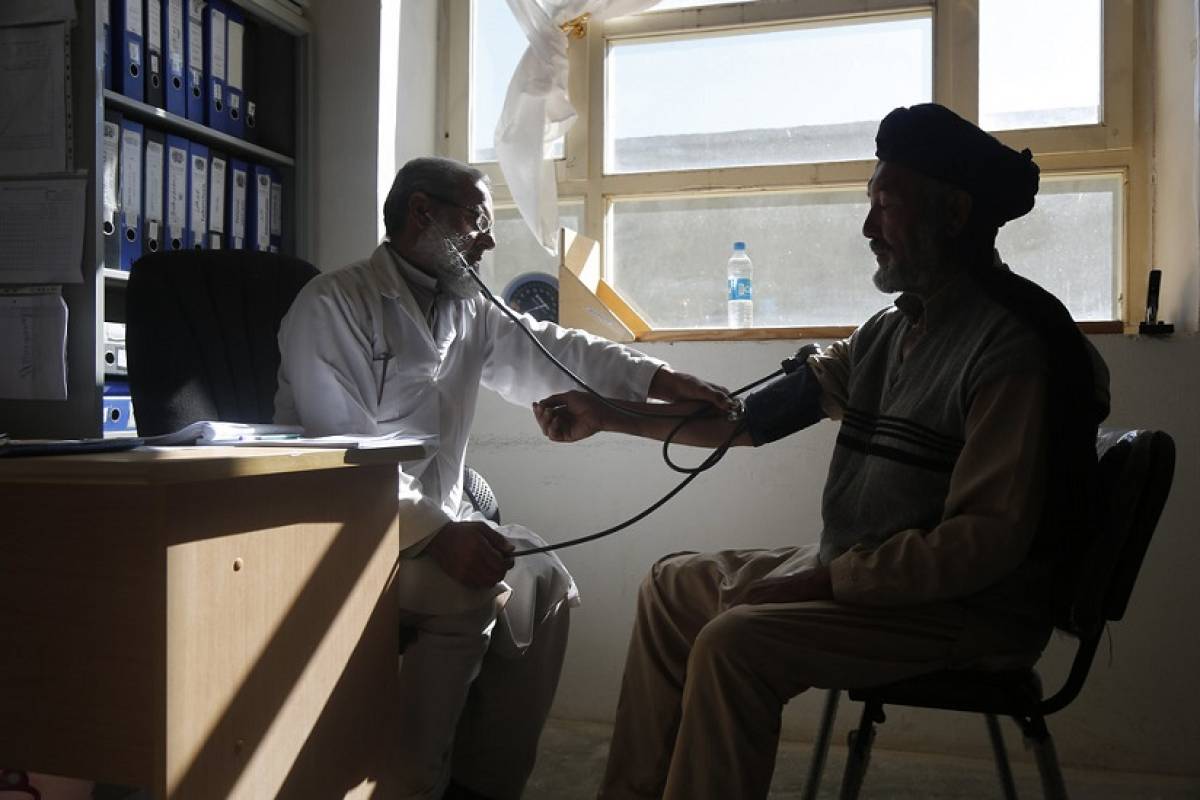What You Should Know About PEMF Therapy Before Getting Started

Doctor examining patient. Photo: Raisa Jorge/Rumi Consultancy/World Bank/ Flickr.
PEMF or the Pulsed Electromagnetic Field Therapy is a treatment method effectively used in curing several injuries and orthopedic issues. While PEMF is only now gaining popularity, this therapy method has been in existence for close to 4000 years in China.
A solenoid (the generic term for a coil of wire used as an electromagnet) is placed around the patient, and the solenoid emits pulsating electromagnetic fields of various frequencies and wavelengths.
Research shows that this form of therapy has excellent potential to regenerate tissues, heal wounds, cure inflammation, and even treat depression and anxiety.
Before starting therapy, it would be good to gain the necessary awareness about PEMF side effects, especially if you have magnetic and electrical hypersensitivity, and long-term benefits. So, here they are.
PEMF Therapy’s Benefits and Side Effects
PEMF has a lot of tested benefits, but it may also have a few minor side effects. As little as 5% of PEMF patients experience these side effects:
I. Oxidative Stress
The increased blood flow in tissues may continue even after the termination of the therapy. It could cause an increased oxidation state to persons who don't consume enough antioxidants.
Oxidative stress occurs because of an excessive amount of free radicals in a person's body. It is a minor issue and can easily be tackled by antioxidants' consumption before the therapy.
II. Enhanced Nerve Responses
PEMF works to boost the functioning of the central nervous system. The stimulation of neurons in the nervous system may temporarily increase pain and other sensations.
However, this side effect doesn't last for long and is experienced by very few patients.
III. Lowering of Blood Pressure
In rare instances, PEMF side effects may include lower blood pressure and reduced heart rate, especially in patients on medication for low blood pressure.
This side effect is more prevalent among elderly patients or patients who have defective cardiovascular systems. Common symptoms for this condition include dizziness and fainting.
IV. Reduced Blood Sugar Levels
Some patients deal with fallen blood sugar levels as a result of PEMF therapy. Hence, people who are susceptible to lower blood sugar issues must take necessary precautions before starting therapy.
V. Other Minor Side Effects
PEMF is not a form of therapy with many significant side effects except fatigue, drowsiness, and skin sensations.
It is relatively safer than most forms of therapy. If you are a patient with dermatological issues, it may be a good idea to inform your dermatologist about your plan to start treatment.
PEMF could also influence the utilization of nutrients by the body. Pregnant women are usually advised to avoid PEMF specifically because of this reason.
The cells of the patient's body undergo stretching and relaxation during PEMF. The increased oxygen content in cells drives away the toxins.
Ultimately, PEMF Is Safe Most of the Time
A tiny percentage of patients who undergo PEMF experience these side effects. It is usually a secure, non-invasive method of treatment.
Most of the side-effects mentioned above disappear during the treatment or after the treatment. Simple precautions like the use of nutritional supplements can help eliminate the side effects to a good extent.
The therapy has more positive effects, and these effects are long-lasting. Some of these benefits include improved blood oxygenation, faster healing, and improved bone strength.
As a safe and non-invasive treatment method, PEMF therapy can also be a novel, safe and effective therapeutic tool that may also help to relieve chronic, nonmalignant pain, improve physical function, and boost your health.




















